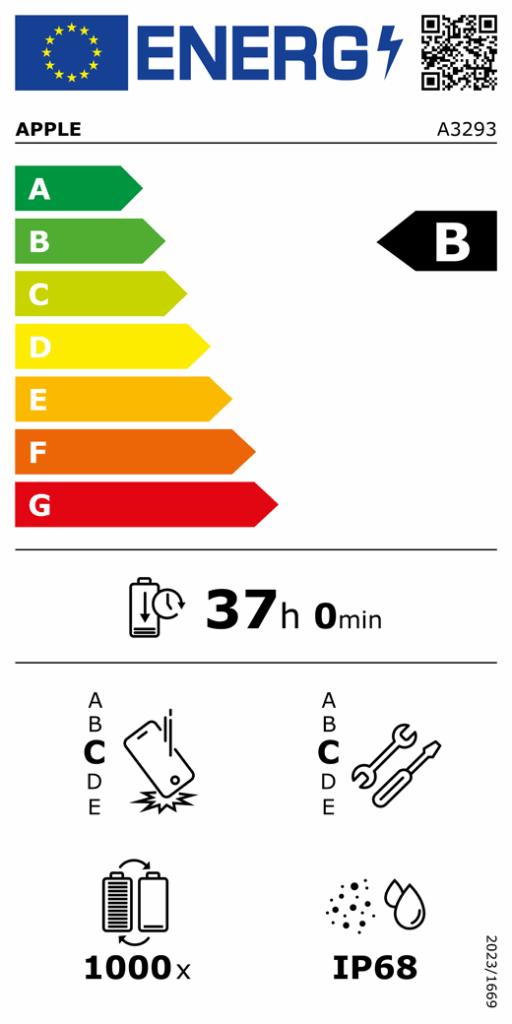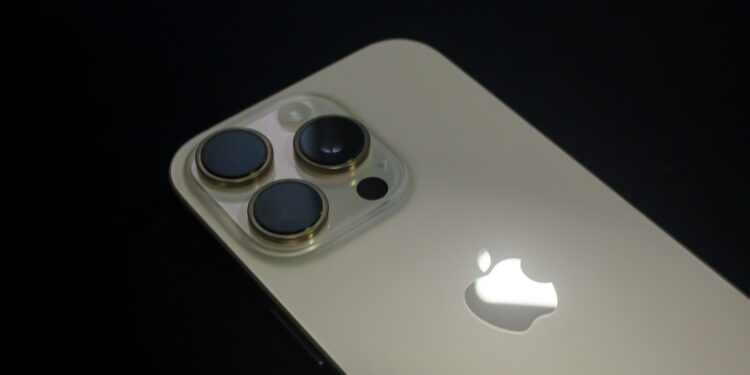Apple has introduced new energy and battery labels on its iPhone and iPad websites in the EU. This is due to a new European Union regulation that came into force today. In addition to displaying the labels online, Apple must also include printed versions of the labels with devices sold in EU countries. This measure is intended to create greater transparency regarding energy efficiency, battery performance, and durability. The labels contain numerous technical details that may be relevant when purchasing an Apple device.
The EU is serious about sustainable technology. Manufacturers like Apple are now required to label their devices according to certain criteria . The goal is to give consumers better insights into the energy consumption, repairability, and lifespan of products. For you as a user, this means you get more information directly on the product page – and can compare more easily. Even though Apple meets the legal requirements, the company is once again demonstrating its proactive approach. In some areas, Apple even voluntarily goes beyond the required standards.
Energy efficiency rating with new scale
The central element of the new label is the energy efficiency class. This is rated from A (very efficient) to G (least efficient). Apple emphasized in this context that the current iPhone models would actually achieve Class A. Nevertheless, the devices were deliberately rated only at Class B.
- The reason: Apple considers some of the testing methods established by the EU to be ambiguous. To avoid misunderstandings or conflicting assessments by independent auditors, it has decided to take a conservative approach.
Further technical information on the label
In addition to energy efficiency, the label contains a wealth of other technical information, including:
- the battery life per full charge cycle
- the number of charging cycles for which the battery is designed
- the repairability of the device
- shock resistance in repeated falls
- the protection class against water and dust (IP certification)
These values are based on the EU test parameters – as interpreted by Apple. Here, too, Apple has made some cautious assessments to prevent different interpretations of the tests by other bodies.

Product information sheet with additional details
The label is supplemented by a detailed PDF document , called a product information sheet, containing further technical details such as:
- the battery capacity in milliampere hours (mAh)
- the scratch resistance of the display on the Mohs hardness scale
- the guaranteed minimum duration for security updates
This information is especially useful for technically minded buyers who want to know exactly what to expect from a particular model.
Online and offline accessibility
The energy label is displayed online on all iPhone and iPad pages on Apple's websites in the EU. You can find it by clicking or tapping the small, colorful tag icon. It appears on both general product pages and on the pages where you can purchase the specific model. Additionally, the label is included in physical form with every device sold in the EU, both online and in brick-and-mortar stores.
Valid in these countries
The new regulation applies in all EU member states, including Germany, Austria, France, Italy, Spain, the Netherlands, and many others. The new label is also displayed in Norway and Switzerland, even though these countries are not part of the EU.
Central contact point for all energy labels
Anyone who wants to get an overview of all currently rated smartphones and tablets can use the database on the European Commission's website. All official energy labels for the EU market are available there. This allows you to directly compare how efficient and durable a particular model is compared to other devices.
Apple responds to EU regulations with new device information
Apple has responded to the new EU regulation by adding an official energy and battery label to its iPhone and iPad websites. This shows at a glance how energy-efficient, robust, and easy to maintain a device is. Although Apple claims the current models achieve the best results, the ratings have been downgraded out of caution. The company wants to ensure there are no discrepancies in the interpretation of the test methods. For users, this means more transparency when purchasing – online and in-store. If you buy a new iPhone or iPad in the EU, you now have access to significantly more information than before. This makes it easier to make informed decisions. (Image: Shutterstock / Tariq_Mahmud_Naim)
- WhatsApp advertising in the EU: Data protection delays launch
- Apple faces no immediate penalty for missing DMA deadline
- 16 billion stolen login credentials discovered





